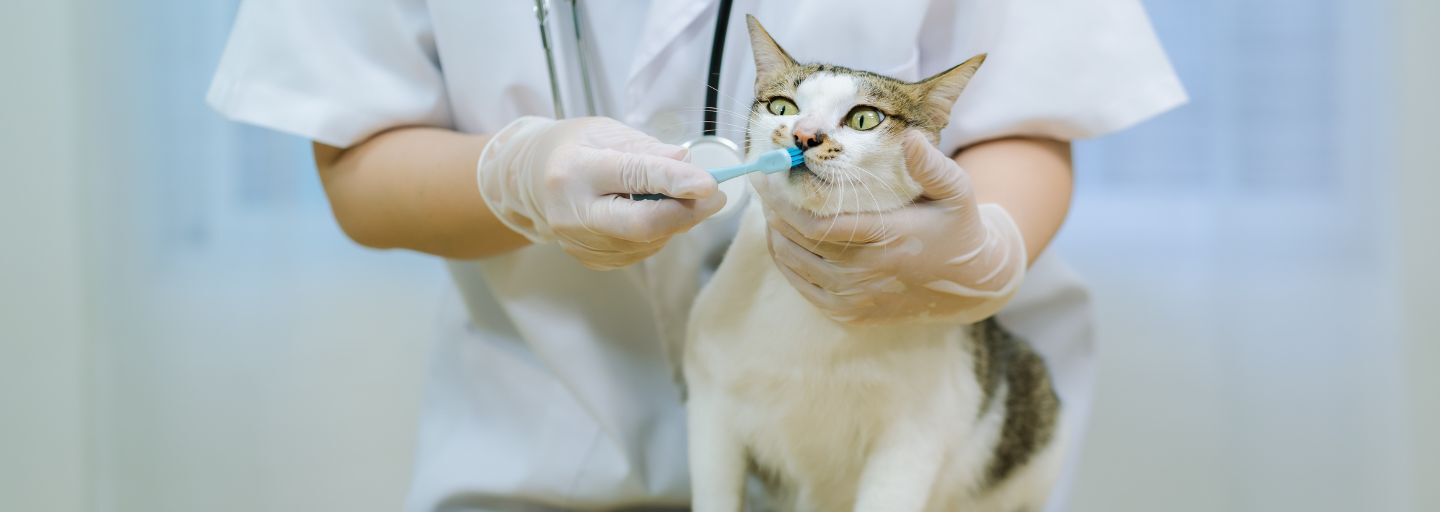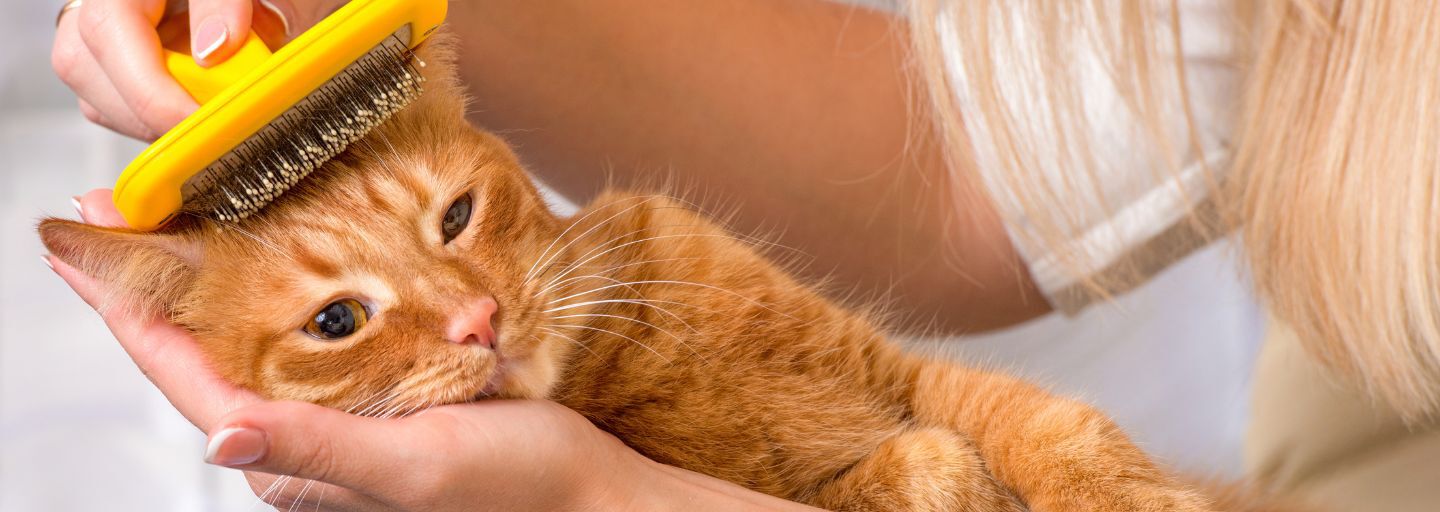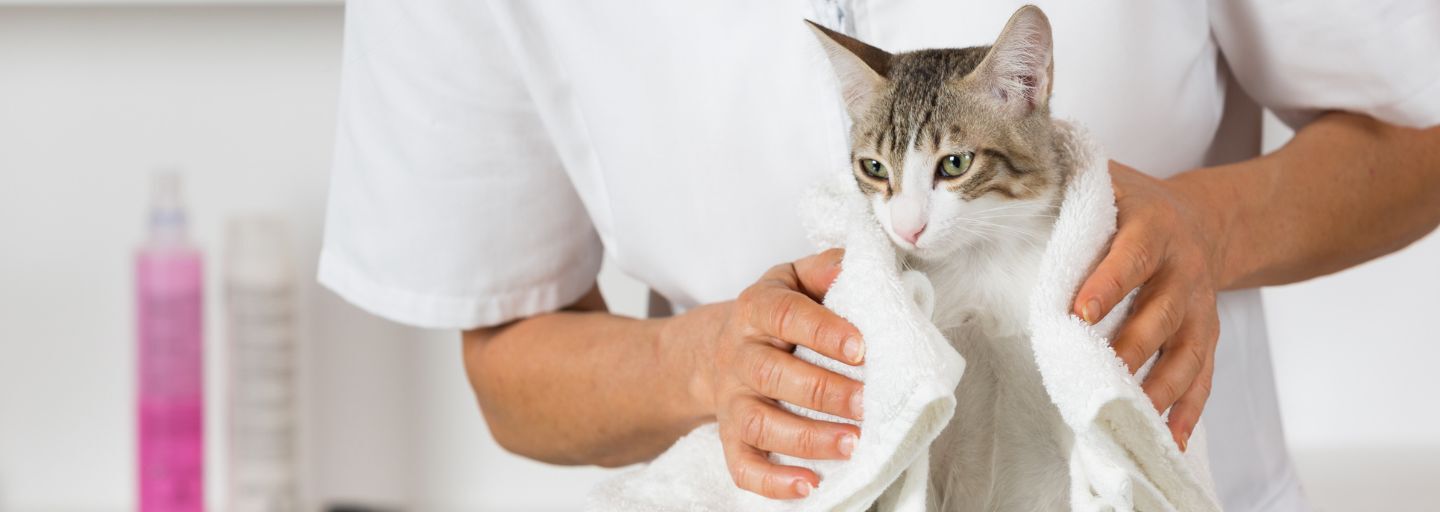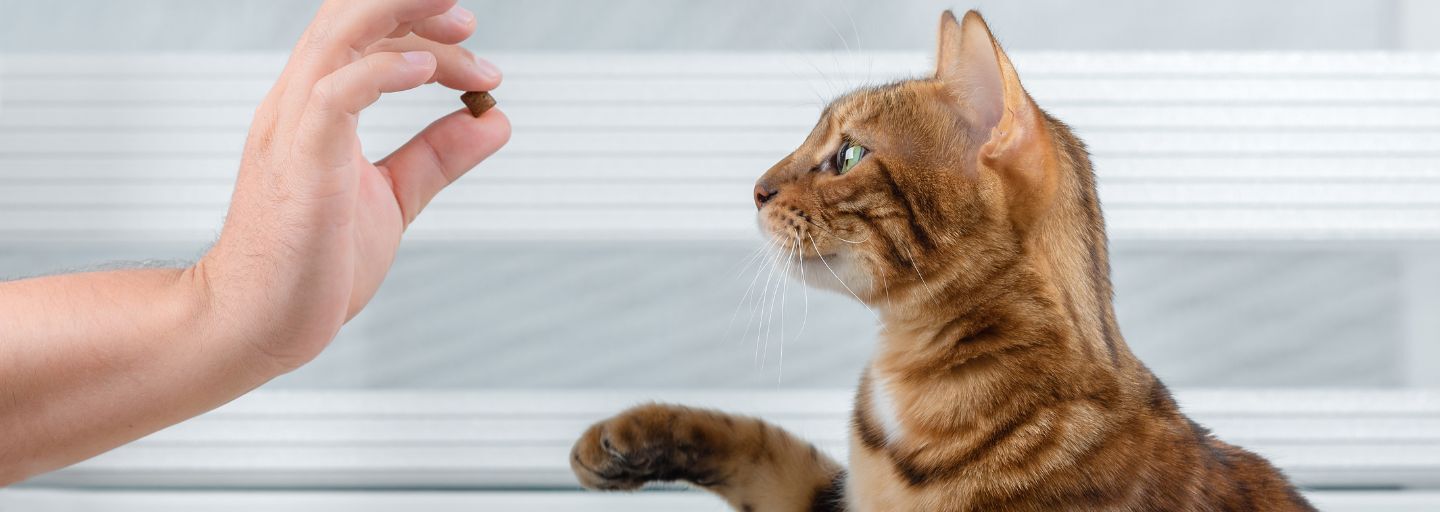Healthy teeth and gums make for a healthy cat. Your vet will check your cat’s teeth during their annual checkup, but you can help prevent gum disease by brushing your cat’s teeth regularly.
Looking after your cat’s teeth
Tooth and gum problems occur in eight out of ten cats over the age of three. Establish a routine of brushing your cat's teeth as early as possible to keep your cat smiling.
Cats tend to accumulate plaque, food debris, and bacteria on the outside of their teeth, but not on the inside. This hardens to form tartar, irritating the gums and causing gingivitis and loss of teeth. The bacteria can even enter the bloodstream and damage the kidneys and other organs.
Danger signals
Signs of advanced gum disease include:
- bad breath or halitosis
- reddened gums
- yellowish-brown tartar on teeth
- drooling
When gingivitis is severe, cats may even drop food from their mouths and lose weight because they are unable to eat. If this happens, your vet may recommend specialist dental care to remove any loose teeth and descale using ultrasonic vibration. This gently removes plaque and tartar without damaging the surface of the teeth.
Dental disease is preventable in the majority of cases, and the methods used to keep your cat’s mouth healthy can start at early ages. Maintaining oral hygiene is directly associated with the most adequate diet of the cat, with the use of products that are able to decrease the bacterial population responsible for the accumulation of plaque. These products can be used when brushing your cat’s teeth.
Cats can experience 2 types of teeth loss. The first loss happens when they lose their first set of teeth known as milk teeth at around 3 or 4 months of age.
The second set of teeth is formed by 30 individual teeth. Throughout the cat’s whole life, it is expected that a cat loses 1 or 2 teeth. Any loss of a tooth in a cat’s adult life can represent a periodontal disease, most of the time due to negligence of the owners.
Common causes for dental loss:
- Poor oral hygiene leading to tartar accumulation on the teeth and gums and consequently gingivitis
- Traumas due to fights - the loss of a tooth can occur with a healthy tooth or not after experiencing an injury that leads the tooth to become loose or fall out
Brushing
Teach your cat to accept a daily brushing or wiping of its teeth.
First, wash your hands and pull back your cat’s lips. Use a soft brush or a rubber fingertip applicator, plus special pet toothpaste in flavors that your cat will find tasty, like malt or chicken. Never use toothpaste made for humans!
Apply the bristles to the teeth at a 45-degree angle, reaching both the tooth surface and just beneath the gum margin. Use small circular motions on the outside surfaces.
Start slowly and end on a positive note - be persistent but gentle.
If your cat is still very young, do not attempt to brush her teeth. You can still get her used to having her teeth touched from a very early age.
Dental care products
If your cat resists you handling their mouth, oral hygiene gels are available. These contain enzymes that inhibit the bacteria responsible for plaque formation. You can give them to your cat directly or mix them with food.
Dental chews are also available, as well as special dry food diets that contain fiber and exert a brushing action as your cat chews.
Maintaining good dental care is a crucial part of keeping your cat in optimum health.







